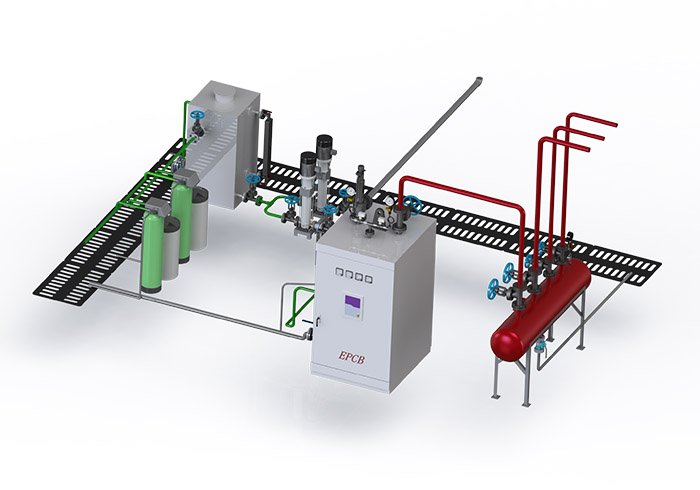With people's awareness of environmental protection and the continuous development of the energy industry and industrial industry, industrial boilers have gradually attracted people's attention due to high resource waste and pollutant emissions. The development of industry and people's daily life are inseparable from the use of industrial boilers, so the energy-saving renovation of boilers is very important, which can improve the energy utilization rate of boilers and reduce pollutant emissions.
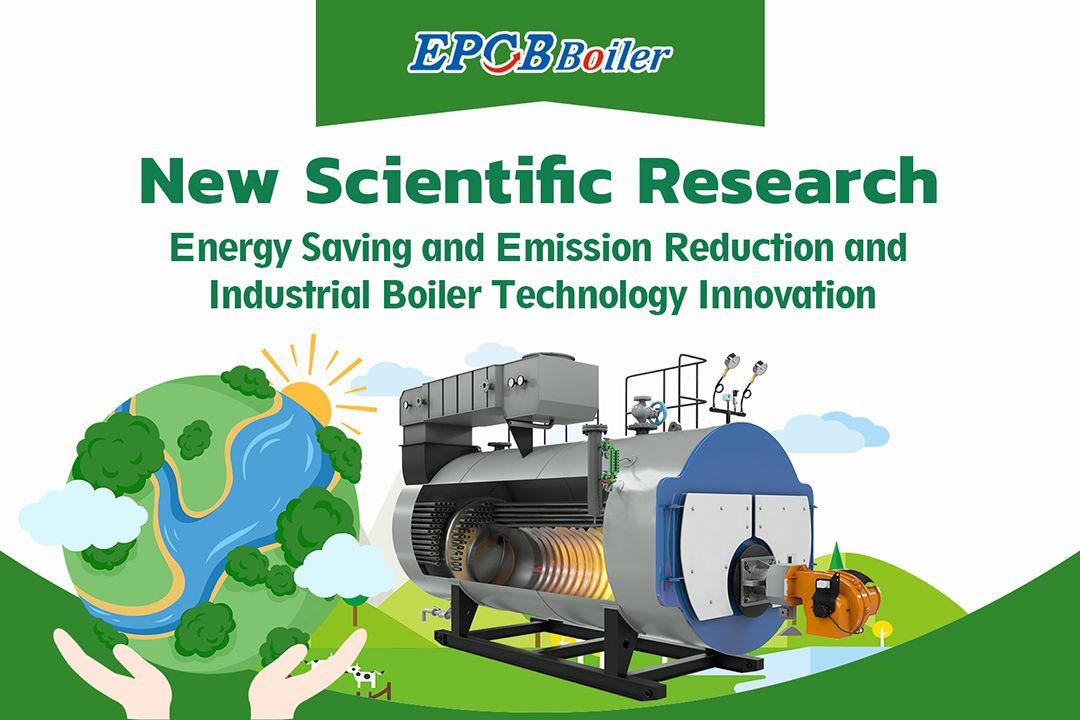
The Urgency and Countermeasures of Energy Saving and Emission Reduction
Based on the experience of the past 30 years, in order to enable the sustainable and healthy development of human society, we must jointly solve the following three urgent problems, namely, the problem of the impending depletion of fossil energy, the problem of the rapid increase of energy demand in the future, the environmental deterioration caused by the extensive use of fossil energy, and the Warming up and frequent climatic disasters.
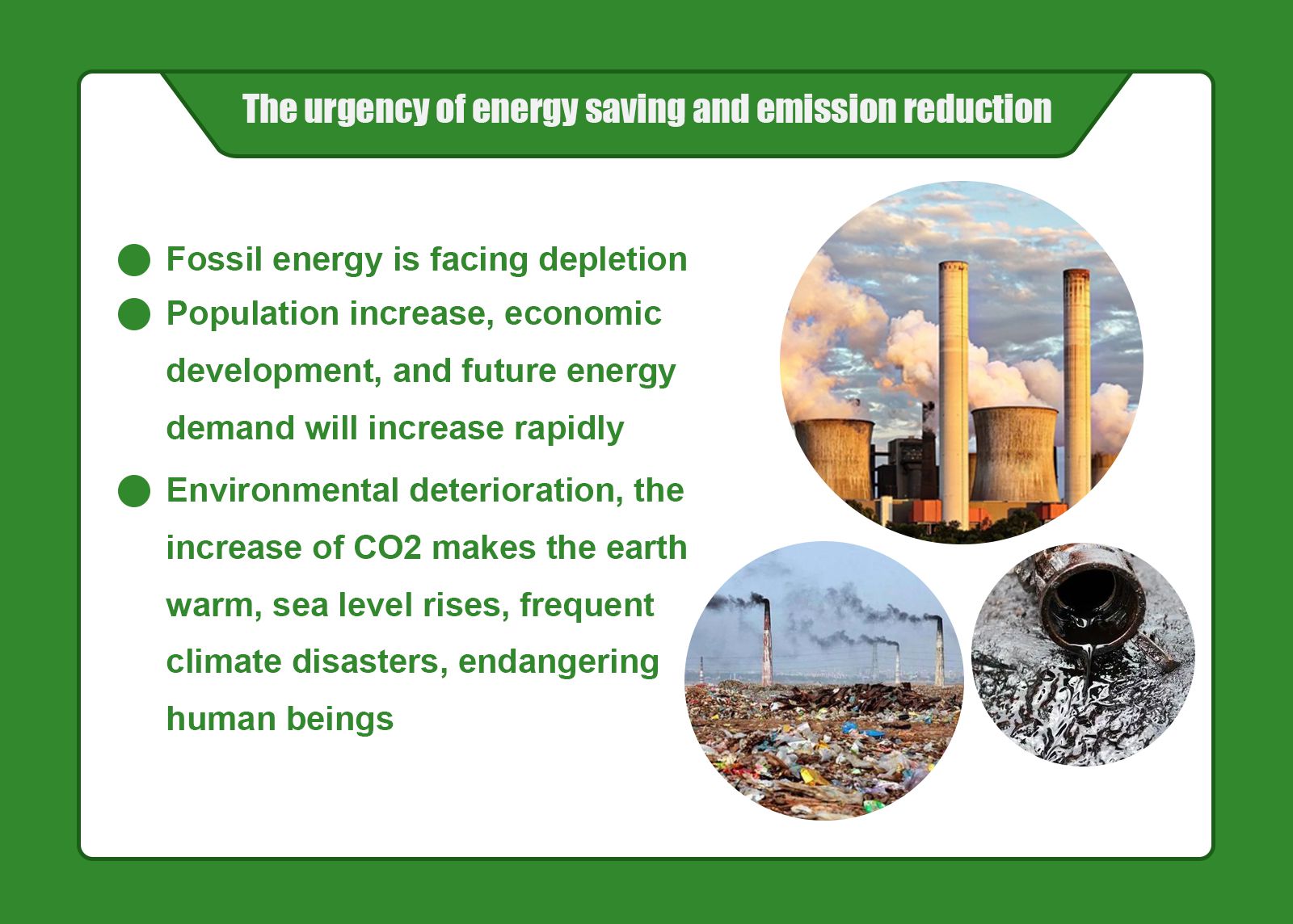
1 Fossil energy is facing depletion
Global fossil energy exploitable years
Year | coal | oil | gas |
1992 | 262 | 49 | 57 |
2006 | 147 | 40 | 60 |
China's fossil energy exploitable years
Year | coal | oil | gas |
1992 | 102 | 23 | 61 |
2006 | 48 | 11 | 42 |
It can be seen that the global fossil energy will be exhausted within 50 years without new mineral sources, and the Chinese fossil energy will be exhausted within 150 years.
2 Population increase, economic development, and future energy demand will increase rapidly
According to statistics, the global population has doubled in about 50 years (currently 6.9 billion, and will reach more than 10 billion in 2050). The International Energy Agency predicts that by 2030, energy consumption will increase by more than 50%. The contradiction between energy supply and demand in China is even more prominent, because first of all, the exploitable years of fossil energy in China are much lower than the international average annual level. In addition, the economy is developing rapidly under the extensive mode, and the energy utilization rate is not high. The current energy gap is about 8%, and the gap will widen to 20% and 30% in 2030 and 2050. Energy consumption is expected to more than double by 2030.
3 Environmental deterioration, the increase of CO, and other greenhouse gases will cause global warming, sea level rise, frequent climate disasters, and endanger human beings
After the fossil fuel is burned, a large amount of harmful gases and dust are discharged into the atmosphere, which endangers human health. China mainly burns coal, SO2, and CO2, the emissions are the world's first. SO2, discharges 27 million tons per year, more than 16 million tons per year in the United States (2006), acid rain covers 1/3 of the country's land area, and the global sea level will rise by 0.18~0.59m by 2100. The China Oceanic Administration predicts China will reach 0.4~0.9 m, and climate disasters will occur frequently, which will have a serious impact on human production, life and health.
Therefore, it has become a global consensus to apply scientific and technological innovation to reduce the use of fossil fuels, improve energy efficiency, save energy and reduce emissions, and develop new energy to enhance environmental protection, supplement energy and reduce global warming.
All industries need to save energy and improve efficiency through technological innovation, strengthen energy and mineral exploration, increase proven reserves, vigorously develop renewable energy utilization technologies and nuclear power plants, and strive to exploit a large number of unconventional natural gas sources with abundant reserves that have not yet been exploited. There are four types of unconventional natural gas: shale gas (13 trillion m3 recoverable), coalbed methane (11 trillion m3), tight gas (13 trillion m3), and natural gas hydrate (206 trillion m3). Conventional natural gas is 20 trillion m3, and the recoverable reserves of the first three are 1.5 to 2 times that of conventional natural gas. By 2030, conventional natural gas production will be 150 billion m3, and unconventional gas will be 250 billion m3. The latter will become the main force in the natural gas industry.For fossil energy, clean production (using clean coal technology and flue gas cleaning technology) and improving energy efficiency (underground coal gasification and coal polygeneration technology) should be adopted.
Technical innovation measures for energy saving and emission reduction of industrial boilers
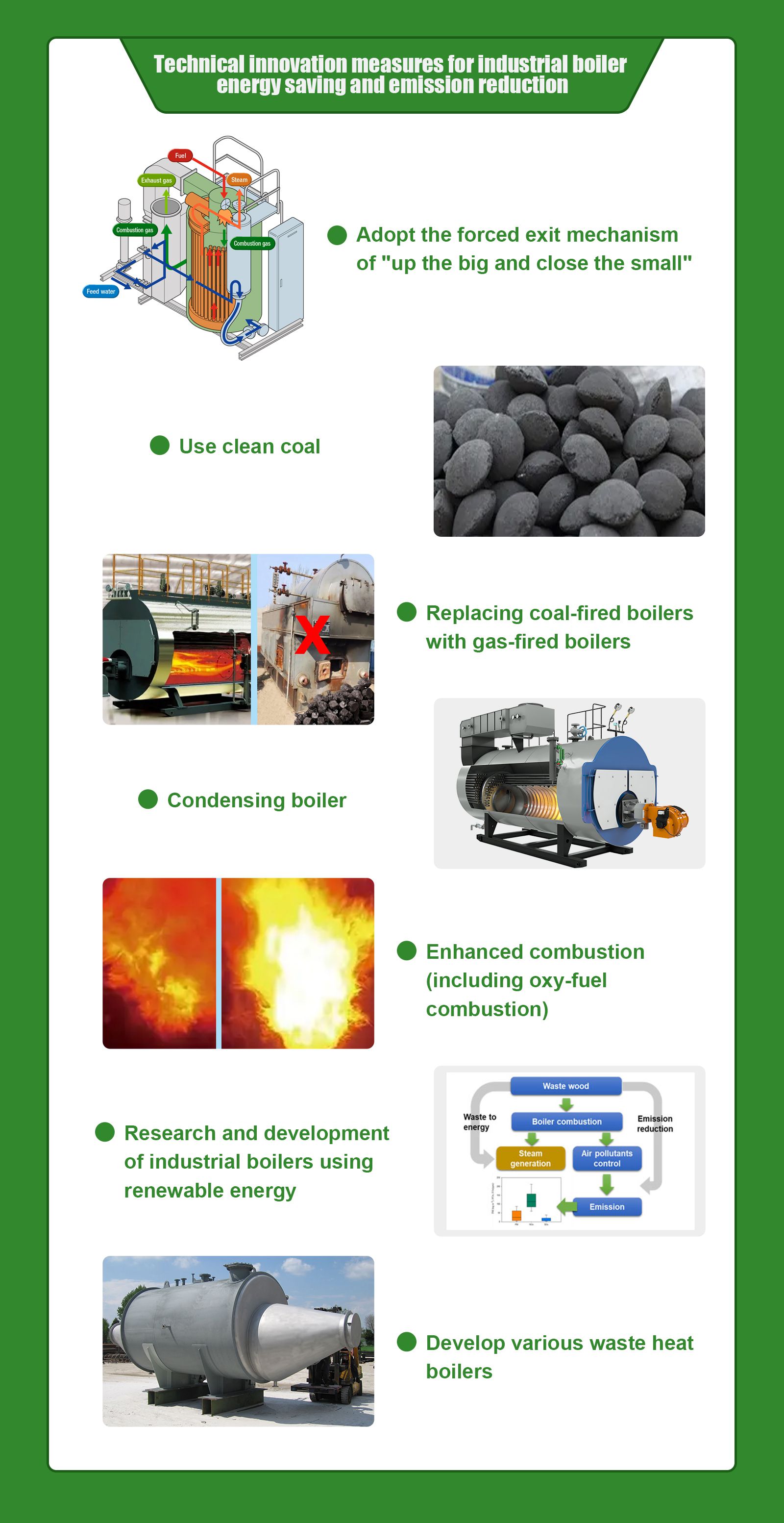
There are more than 550,000 industrial boilers in use in China, most of which burn coal, with an annual coal consumption of about 400 million tons. %~20%, so the use of scientific and technological innovation to save energy and improve efficiency has great potential. Its energy saving and emission reduction can adopt the following main measures.
1 Adopt the forced exit mechanism of "up the big and close the small"
Learn the experience of energy saving and emission reduction in major coal-consuming industries such as thermal power, steel, etc., and implement the forced withdrawal mechanism of "going big and shutting down small", that is, to develop high-efficiency and advanced large-capacity industrial boilers (pulverized coal furnaces are available), using central heating, Steam supply to save fuel, steel and reduce pollutant emissions. The Industrial Boiler Association should establish a scientific research project, delineate the phase-out indicators and design suggestions (what kind of capacity to use pulverized coal furnace or grate furnace) according to national conditions, and establish a compulsory withdrawal mechanism.
2 Use clean coal
There are three types of clean coal: coal washing, coal blending and briquette coal: washing coal can remove 50%~80% ash and 30%~40% sulfur content after washing, which can improve thermal efficiency and reduce SOx, and NOx emissions when burning; Coal can be divided into pulverized coal blending and granular coal blending according to coal particle size.
Most industrial boilers are layer-fired furnaces. The pulverized coal blending coal does not contain pulverized coal and has relatively stable calorific value and other coal quality indicators, so it can improve efficiency, save about 10% of coal, and reduce smoke and dust by 60%; the use of briquette coal The binder is made of pulverized coal and low-grade coal by mechanical processing. It can be used for industrial boilers or civil stoves to improve boiler efficiency.
3. Replacing coal-fired boilers with gas-fired boilers
The steel consumption of gas-fired boilers is 40% of that of coal-fired boilers of the same capacity. The dust content in the flue gas discharged from the coal-fired boiler is much higher than that of the gas-fired boiler, and the discharge is 4,000 times that of the gas-fired boiler. Therefore, if the local gas supply is sufficient and with the increasing gas supply in the energy structure, the use of gas-fired boilers or the conversion of coal-fired boilers to gas will be an effective measure for industrial boilers to save energy and reduce emissions.
4 Condensing boilers
Boiler exhaust contains a lot of water vapor. If it is condensed and the latent heat of vaporization can be utilized, the boiler efficiency can be improved. This type of boiler is called a condensing boiler, which is especially suitable for gas-fired boilers. The main component of the gas is CH4, and the water vapor content in the flue gas after combustion is high. For example, at the current exhaust temperature, the heat loss associated with the water vapor in the flue gas accounts for about 75% of the exhaust heat loss. If the exhaust gas temperature is lowered to 60°C with condensing equipment, the latent heat of water vapor and the sensible heat of flue gas can be recovered, and the thermal efficiency of the boiler can be improved by about 10%. The manufacturing cost of water vapor condensing equipment can be recovered in about one year.
5 Enhanced combustion (including oxy-fuel combustion)
Generally, the combustion efficiency of layer-fired boilers can be improved by optimizing the furnace arch structure, grate structure, air distribution and adding additives to achieve the purpose of coal saving and emission reduction. Oxygen-enriched combustion has been applied in industrial boilers in recent years due to the increase in self-production rate of polymer membranes and the decline in prices.
The method is to make the air flow through the polymer membrane. Since the oxygen permeability is higher than that of nitrogen, the oxygen content in the air behind the membrane is increased to 27%~30%. . Oxygen-enriched combustion makes a large amount of nitrogen in the air do not participate in heat absorption, reduces the amount of smoke exhausted, and reduces the heat loss of exhaust smoke, which can increase the flame temperature and enhance the radiation heat transfer, which can improve the combustion speed and intensity, reduce the loss of incomplete combustion, and help improve burnout. rate, reduce mechanical and chemical incomplete combustion losses and eliminate black smoke pollution.
6 Research and development of industrial boilers using renewable energy
The development direction of energy is to gradually transition from fossil energy to sustainable energy based on renewable energy, so industrial boilers should also pay attention to the use of renewable energy to produce steam and hot water.
(1) Biomass boiler
China is very rich in biomass energy, with reserves of about 1 billion tons of standard coal per year. Biomass can be processed into solid fuels, liquid fuels and gaseous fuels, but the latter two have not been industrially produced and are more expensive, so they are currently mainly used as solid fuels. For industrial boilers, its price is still slightly higher than that of coal, and its advantage is that the CO generated during combustion is roughly equivalent to the CO absorbed during plant growth. Therefore, it is actually CO, zero emission, and a large amount of 0 is released during the growth of plants, which can improve the ecological environment.
The characteristics of biomass solid fuel are: after drying, the moisture content is less than 10%; the calorific value is about half that of standard coal, taking straw as an example; the volatile content is high, up to 70%; the carbon and sulfur content is less; volatile Most of the coke has been precipitated at 250~350 ℃, and the remaining coke needs a certain period of time to burn out in the furnace. Therefore, the ventilation should not be too strong to prolong the burnout time. The content of chlorine and alkali metals in the fuel is higher than that of coal. When burning, chlorine, potassium and silicates in the ash react to form low-melting ash, which sticks to the superheater, slagging, corrosion and slagging. affect heat transfer.
In the design and application of biomass boilers, in addition to solving the problems of flue gas corrosion, harmful HCl aerosol exhaust and slagging, it is also necessary to solve the problems of developing compact solid forming technology, fuel logistics collection and supply, and preparation.
(2) Waste incineration boiler
The annual output of urban waste in China is about 130 million tons, and if it is used, it can save 50 to 60 million tons of coal per year. Waste incineration boilers can generate steam or electricity, which can reduce the weight and volume of waste by more than 80%. Waste incineration can use fluidized bed, grate rotary kiln and pyrolysis gasification incineration. Fluidized bed and rotary kiln have restrictions on the type and size of fuel, require pretreatment, and pollute the environment; the pyrolysis gasification method is not suitable for wastes with high water content and low calorific value, and the high temperature flue gas discharged can only be recovered by waste heat boilers, so generally It adopts the inclined grate combustion with mature technology, which has wide fuel applicability and high burnout rate.
(3) Develop solar boilers and geothermal boilers according to the renewable energy situation in various places.
7 Development of various waste heat boilers
To meet the energy saving and emission reduction needs of other industries, develop various waste heat boilers. The available temperature difference of the waste heat boiler is generally small, so the heat exchange equipment is larger in size and has more heating surfaces. Therefore, various enhanced heat transfer technologies should be used to reduce the heating surface. In addition, due to the low temperature of the flue gas discharged from the tail, low-temperature corrosion of the heating surface is prone to occur. Various new materials (such as engineering plastic pipes, enamel-coated pipes, etc.) and new measures should be used to reduce low-temperature corrosion.
Conclusion
(1) The current energy problem facing the world is that fossil energy is about to be exhausted, but the future energy required for population growth and economic development is rapidly increasing. In addition, due to the large-scale use of fossil energy, the emission of CO2 and other greenhouse gases has increased sharply, causing global warming, environmental degradation, and frequent climate disasters, which seriously affect human health and survival. The existence of these problems has significantly affected the sustainable development of human society. development and living conditions.
(2) To solve the problems existing in human energy and the environment, two aspects must be done well. On the one hand, we must rely on scientific and technological innovation to improve energy efficiency, energy conservation and emission reduction in all walks of life; on the other hand, we must rely on scientific and technological innovation to strengthen the exploration and development of renewable energy, cleaner energy and fossil energy, and the research and development of clean and efficient utilization technologies.
(3) The number of industrial boilers is large, but the efficiency is not high. It is one of the main coal-consuming and CO2-emitting industries. Therefore, the use of scientific and technological innovation has great potential for energy conservation and efficiency improvement. In terms of policy, the mandatory exit mechanism of "going big and closing small" should be adopted, develop and encourage the use of clean and efficient clean coal and gas application technologies, develop high-efficiency condensing gas boilers, oxy-fuel combustion and other enhanced combustion technologies and CO2,The discharged biomass boilers should cooperate with the energy saving and emission reduction work of other industries to develop corresponding waste heat boilers.
In qualified areas, industrial boilers and waste incineration boilers with other renewable energy sources can be developed and applied according to local conditions.
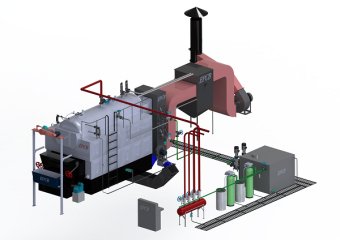 Steam Boiler
Steam Boiler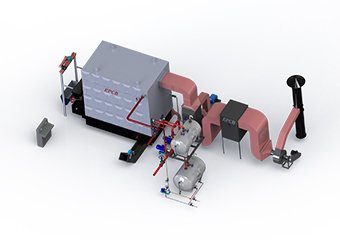 Thermal Oil Boiler
Thermal Oil Boiler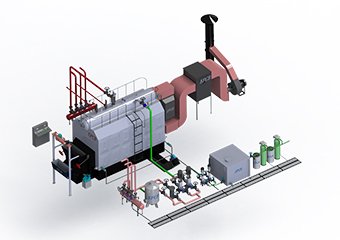 Hot Water Boiler
Hot Water Boiler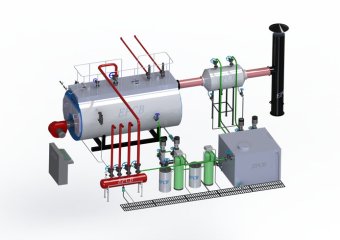 Steam Boiler
Steam Boiler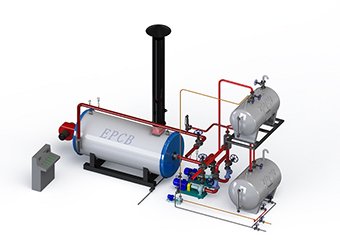 Thermal Oil Boiler
Thermal Oil Boiler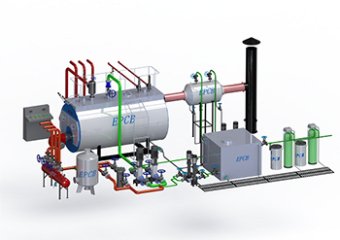 Hot Water Boiler
Hot Water Boiler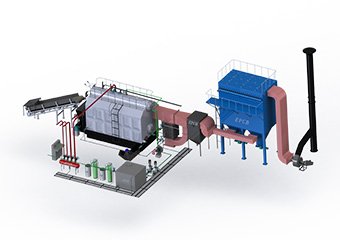 Steam Boiler
Steam Boiler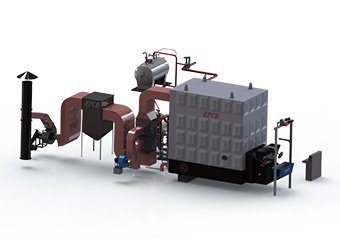 Thermal Oil Boiler
Thermal Oil Boiler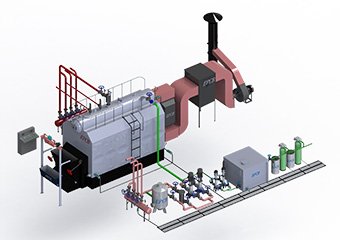 Hot Water Boiler
Hot Water Boiler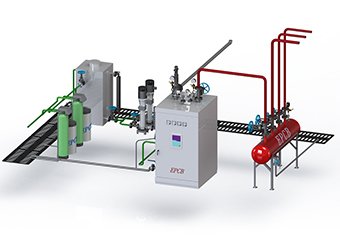 Steam Boiler
Steam Boiler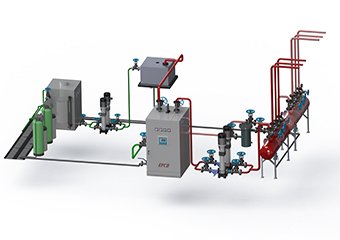 Hot Water Boiler
Hot Water Boiler

















